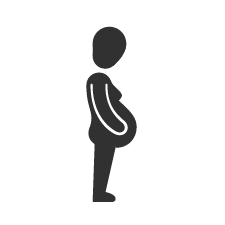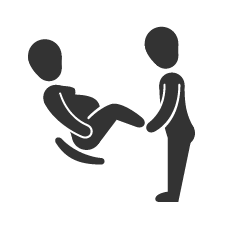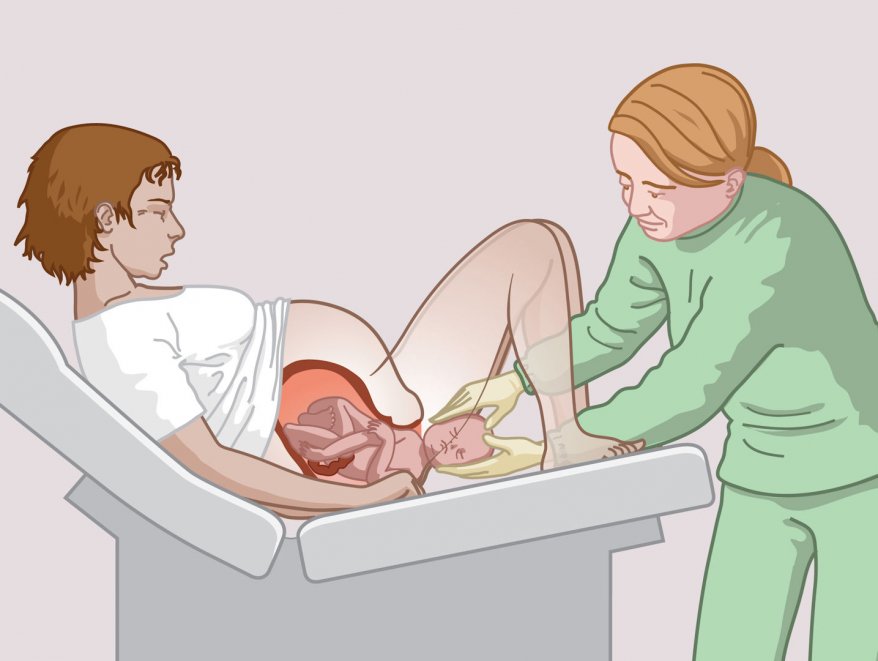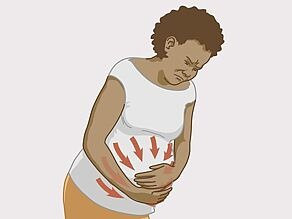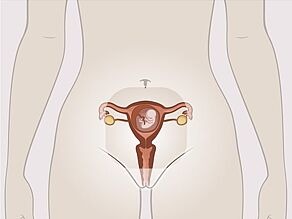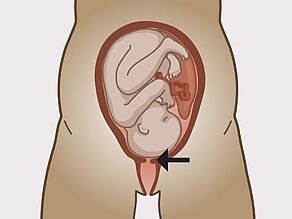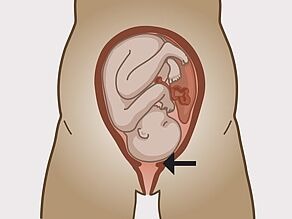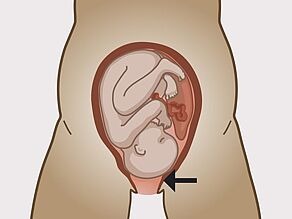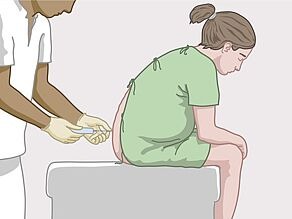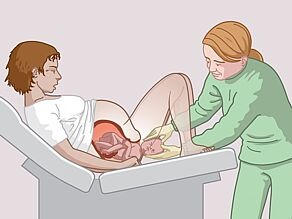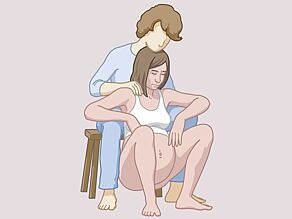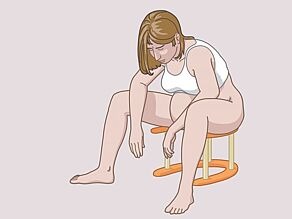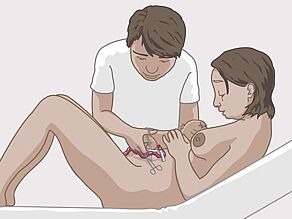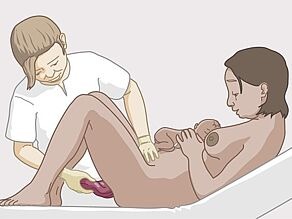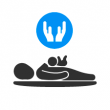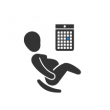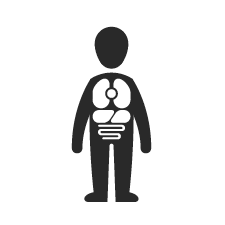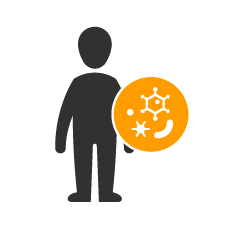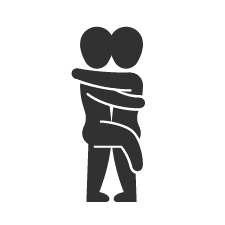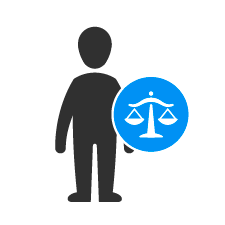During the birth the baby comes out through the mother’s vagina into the world. For the first child, the birth takes between 12 and 18 hours. The second birth is usually shorter.
Before the baby is born, the mother will have contractions: The muscles of the uterus will contract and tighten. This will push the baby down. Contractions are almost always painful.
Contractions (labour)
The contractions slowly open the cervix and the cervical canal (entrance to the uterus). When the mother's cervix is wide open, the baby can come into the world.
There are several possibilities to relieve pain during labour:
- walking around
- breathing techniques that you have learned in a birth preparation course or elsewhere
- trying different positions
- a bath for relaxation
- using a device such as a heat pad or a birth ball
- asking for an epidural anesthesia if you are having your baby in a hospital. This is a injection in the lower back, which relieves the pain. You can get the injection while sitting or lying down.
Birth positions
You can choose a position for birth, for example
- lying on your side or back,
- squatting,
- kneeling,
- hanging on a rope or cloth.
You can change the position during birth as often as you want. The doctor or the midwife will ask what position you would like. Doctors and midwives can usually accompany and care for you in every position.
Birth in a hospital or birth centre
When you arrive at the clinic or in the birth centre, you will be welcomed by a midwife.
The midwife will
- check your contractions and the heart beat of the foetus using a monitor,
- conduct an examination through the vagina,
- answer all your questions during labour.
A gynaecologist will be informed about the approaching birth.
During the birth your partner or any other person of your choice can stay with you.
Sometimes it may be necessary for the doctor or the midwife to make a small cut with a scissors in the tissue between the vagina and the anus (perineum). Sometimes this tissue tears by itself.
The baby comes out through the vagina. The umbilical cord is cut.
10 to 30 minutes after birth the placenta will come out of the body.
Childbirth at home
If you want to have your child at home, talk to your doctor and midwife about it. If you have a normal pregnancy without risks, you can give birth at home. A midwife must accompany and care for you at home during birth. Find a midwife as early as possible in your pregnancy. Then you can prepare for the birth together.

